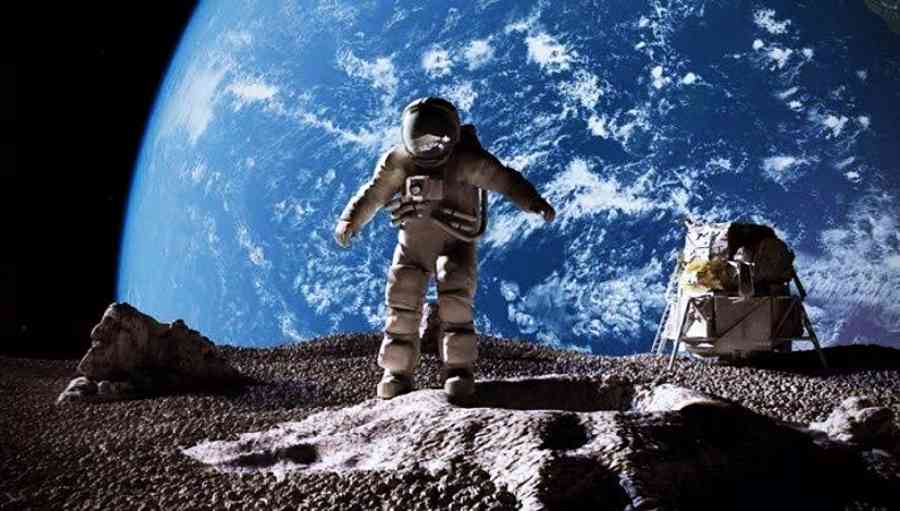Mon 12 February 2024:
With developments in the field of space, technological innovations, and access to information, many space terms have become a part of everyday life. Let’s look at those terms.
Space: The boundless and infinite void in which all celestial entities and objects exist.
Universe: The astronomical existence where all celestial bodies are located, limitless or with boundaries that can only be drawn by the imagination of the human mind.

Planet: A celestial body that orbits around a star at the center of its system in an elliptical shape.
Star: A celestial body that predominantly maintains hydrostatic and thermal equilibrium, generating energy through nuclear fusion reactions in its central regions and emitting energy into space.
Galaxy: A system composed of billions of stars, interstellar gas, and dust, held together by gravitational forces, along with dark matter.
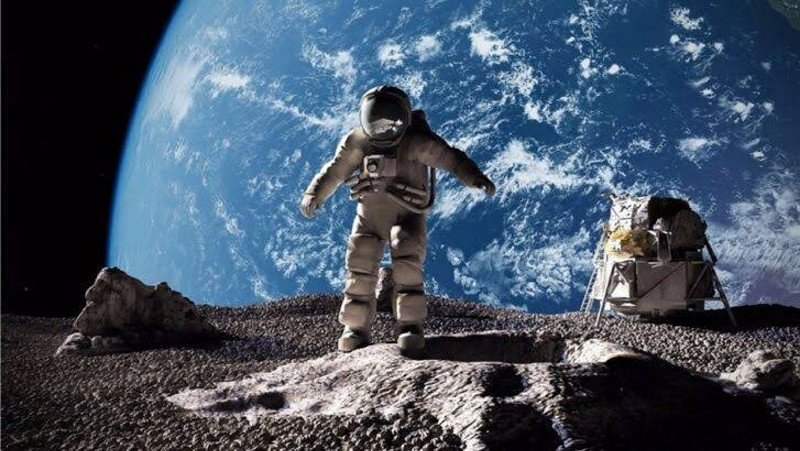
Astronaut: A crew member authorized to control and operate human space vehicles.
Solar System: The entirety of planets orbiting around the Sun, influenced by its gravitational force.
Black Hole: The most compact celestial object formed as a result of the death of a massive star through a supernova explosion, exhibiting intense gravitational forces.

Comet: Small celestial bodies in the Solar System that, as they approach the Sun, start to release gas due to heating, often characterized by a glowing tail.
Asteroid: Each of the small celestial bodies, mostly located between the orbits of Mars and Jupiter, much smaller than planets, that orbit the Sun.
Meteor: The solid fragment of a shooting star that, after entering the Earth’s atmosphere and breaking apart, can occasionally reach the Earth’s surface, while the majority transforms into gas.
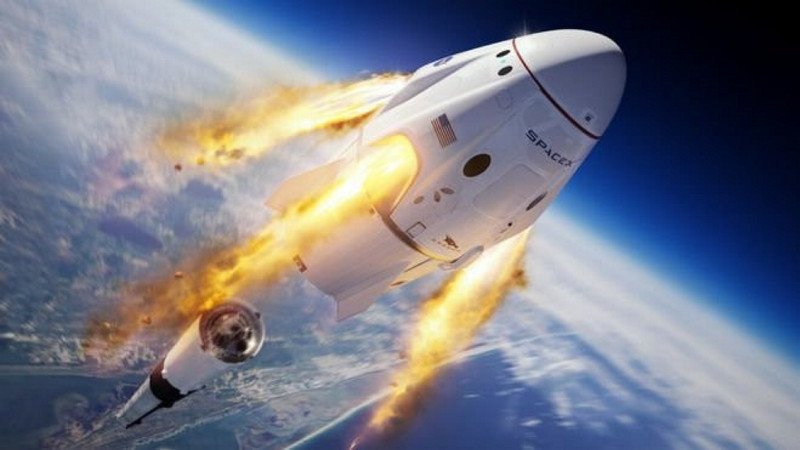
Gravity: The force of attraction that the mass of the Earth exerts on other masses on or near its surface.
Orbit: The path followed by a planet during its revolution.
Satellite: Another celestial body, generally in orbit around a planet or other celestial object.
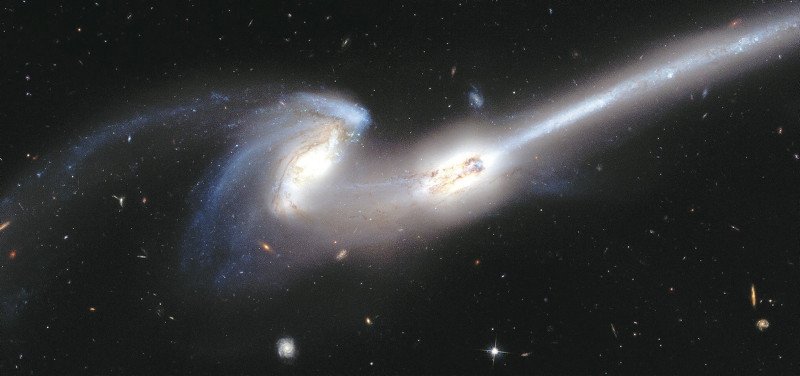
Spacecraft: A vehicle designed for travel or carrying out a mission in outer space.
Mission: Task or assignment.
Launch: Sending a spacecraft, satellite, or rocket into space.
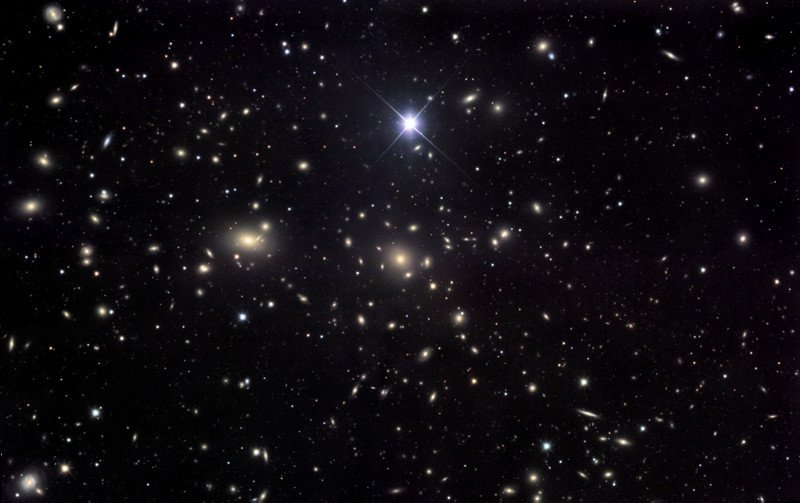
Exploration: A detailed journey and investigation conducted to search for resources or gather information in a particular area or region.
Extraterrestrial: A presumed living being that is thought to exist in space.
Spacesuit: A garment designed to protect the bodies of astronauts and, in particular, reactive aircraft pilots, allowing them to function and survive in the harsh conditions of outer space.
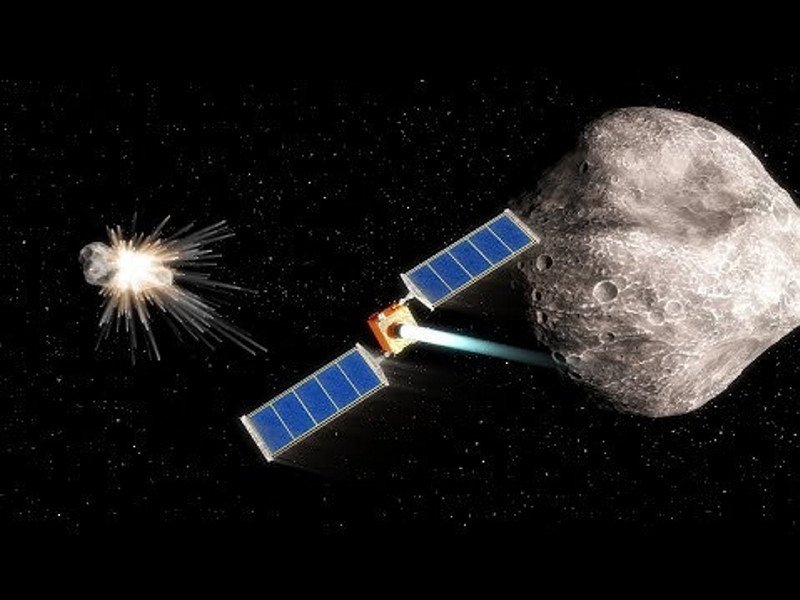
Rocket: An aerospace vehicle capable of generating thrust through the expulsion of hot gases at high speeds.
Payload: The cargo or equipment carried by a rocket or spacecraft.
Thruster: A jet engine that produces the force pushing out the jet fuel.

Reentry: Entry into the Earth’s atmosphere.
Habitable Zone: The region around a star where conditions are suitable for life on a planet.
Astronomy: The scientific study of the distribution, motion, chemical composition, evolution, physical properties, and interactions of all forms of matter in the universe.
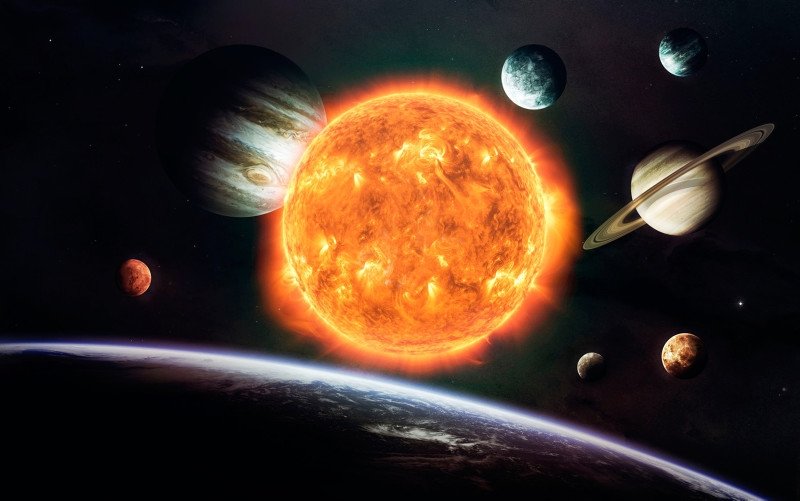
Astrophysics: A branch of astronomy that specifically deals with the physical properties of stars, galaxies, and the interstellar medium, studying the physics of the universe and the interactions between celestial bodies.
Space Exploration: The discovery and examination of space using space technology.
Remote Sensing: The acquisition of information about an object, area, or phenomenon without direct physical contact, typically through observations and measurements conducted from a distance using electrical, mechanical, chemical, or other systems.

Mission Control Center: The unit responsible for managing space flights, typically overseeing the mission from launch to landing or the conclusion of the mission.
Spacewalk: A walk or activity performed by an astronaut in outer space.
Payload Integration: The process of attaching or integrating a space research device or payload onto a spacecraft or rocket.

Rocket Propulsion: The system that generates the thrust force needed for a rocket to move.
Launch Vehicle: The apparatus used to launch an aircraft into space, such as satellites and rockets.
Space shuttle: A vehicle or machine designed specifically for operations outside Earth’s atmosphere, especially in outer space.

International Space Station: A space station placed in low Earth orbit.
Mars Exploration Program: A long-term initiative initiated by NASA, funded and managed by NASA, with the goal of exploring the planet Mars.
Lunar Mission: A project involving sending a rover or spacecraft developed with national technologies to the lunar surface.

Hubble Space Telescope: A space telescope transported into orbit around Earth by the Space Shuttle Discovery during the STS-31 mission in April 1990.
InSight Mars Lander: A robotic lander designed to explore the deep interior of the planet Mars.
Exoplanet: A planet located outside our solar system.

Space debris: Unused or defunct space vehicles or leftover fragments from space vehicles that continue to orbit in space.
Zero gravity: Weightlessness or the absence of gravity.
Near-Earth Object: Celestial objects that have orbits bringing them close to Earth, typically within 1.3 astronomical units, and have the potential to come into close proximity to our planet.
A NEWS
______________________________________________________________
FOLLOW INDEPENDENT PRESS:
WhatsApp CHANNEL
https://whatsapp.com/channel/0029VaAtNxX8fewmiFmN7N22
![]()
TWITTER (CLICK HERE)
https://twitter.com/IpIndependent
FACEBOOK (CLICK HERE)
https://web.facebook.com/ipindependent
Think your friends would be interested? Share this story!


